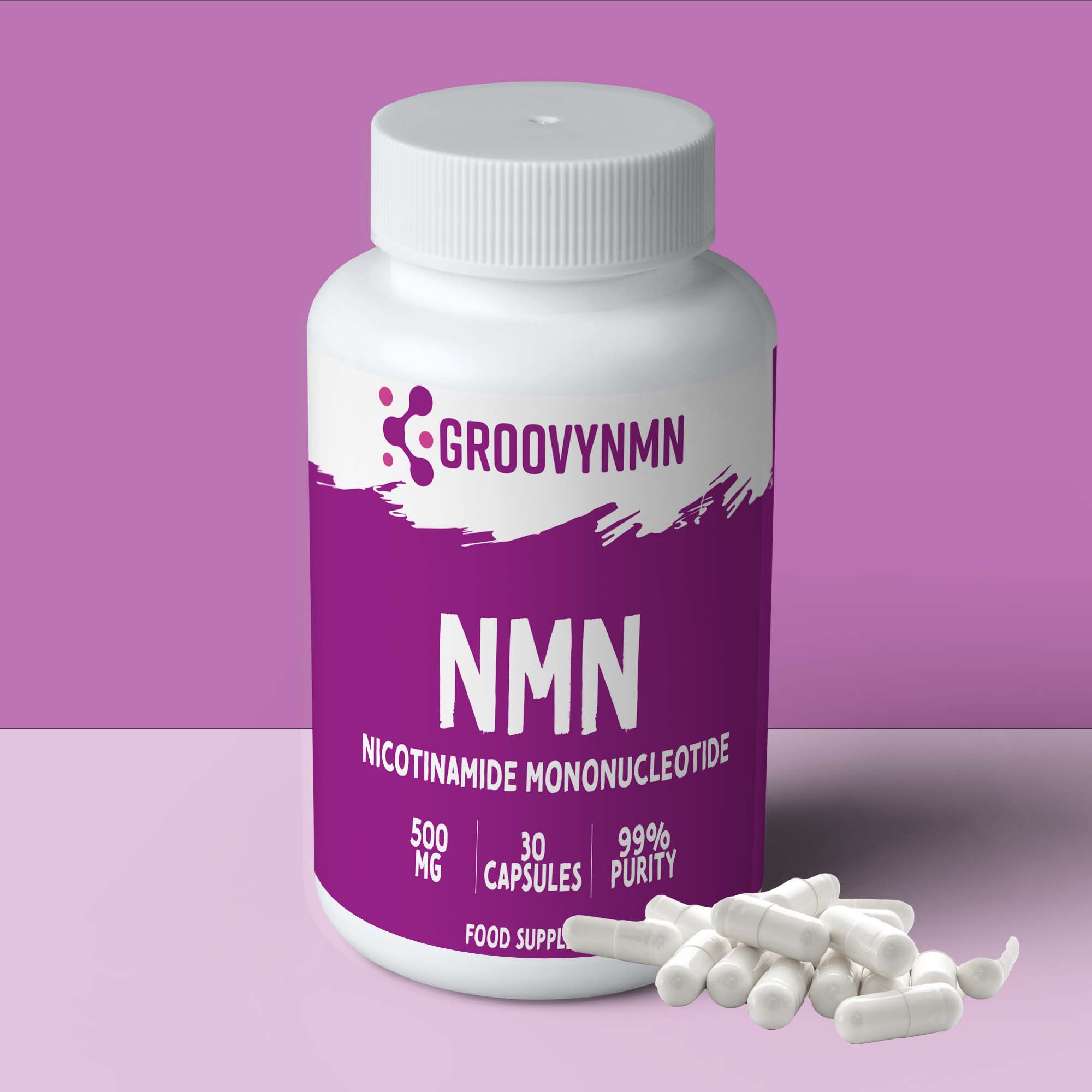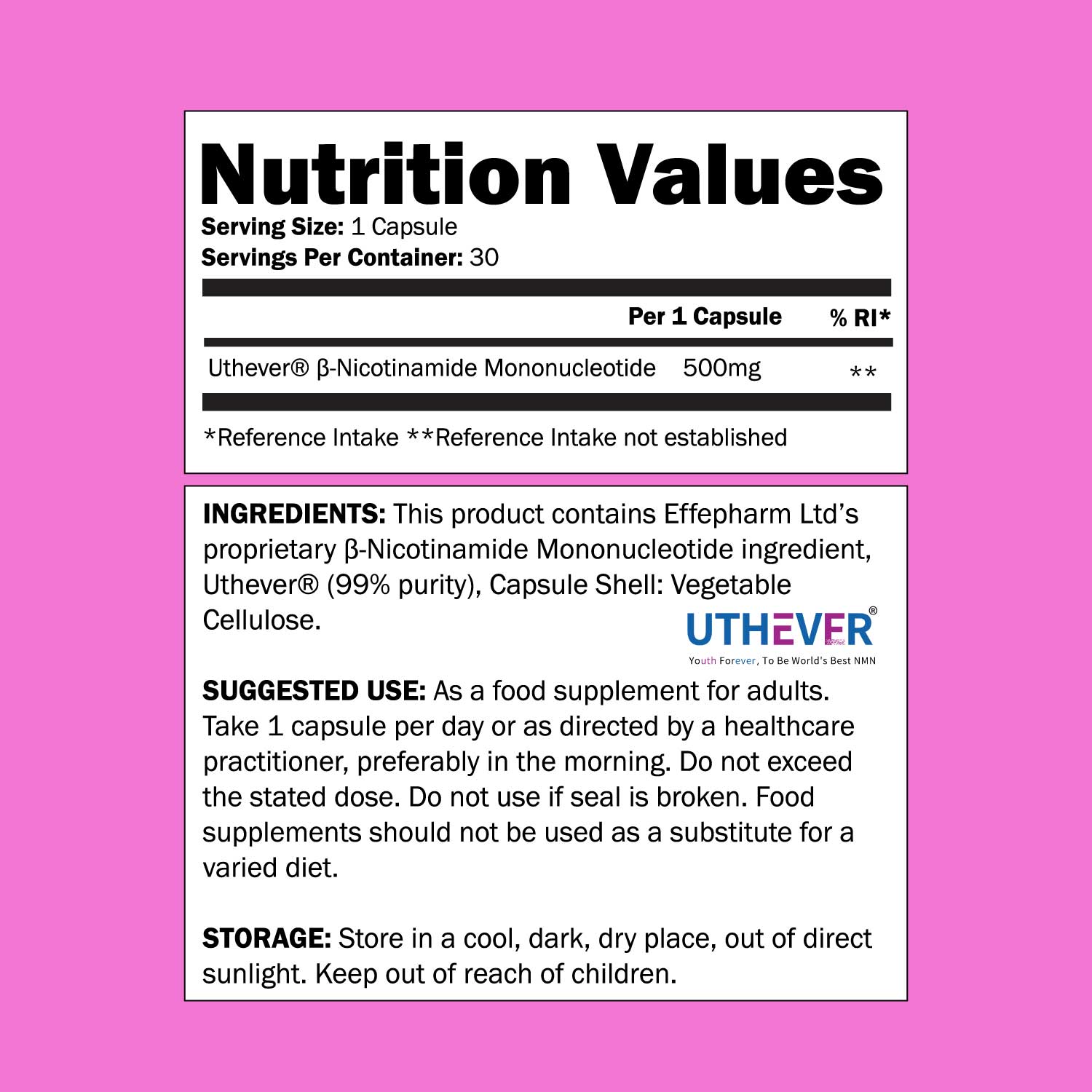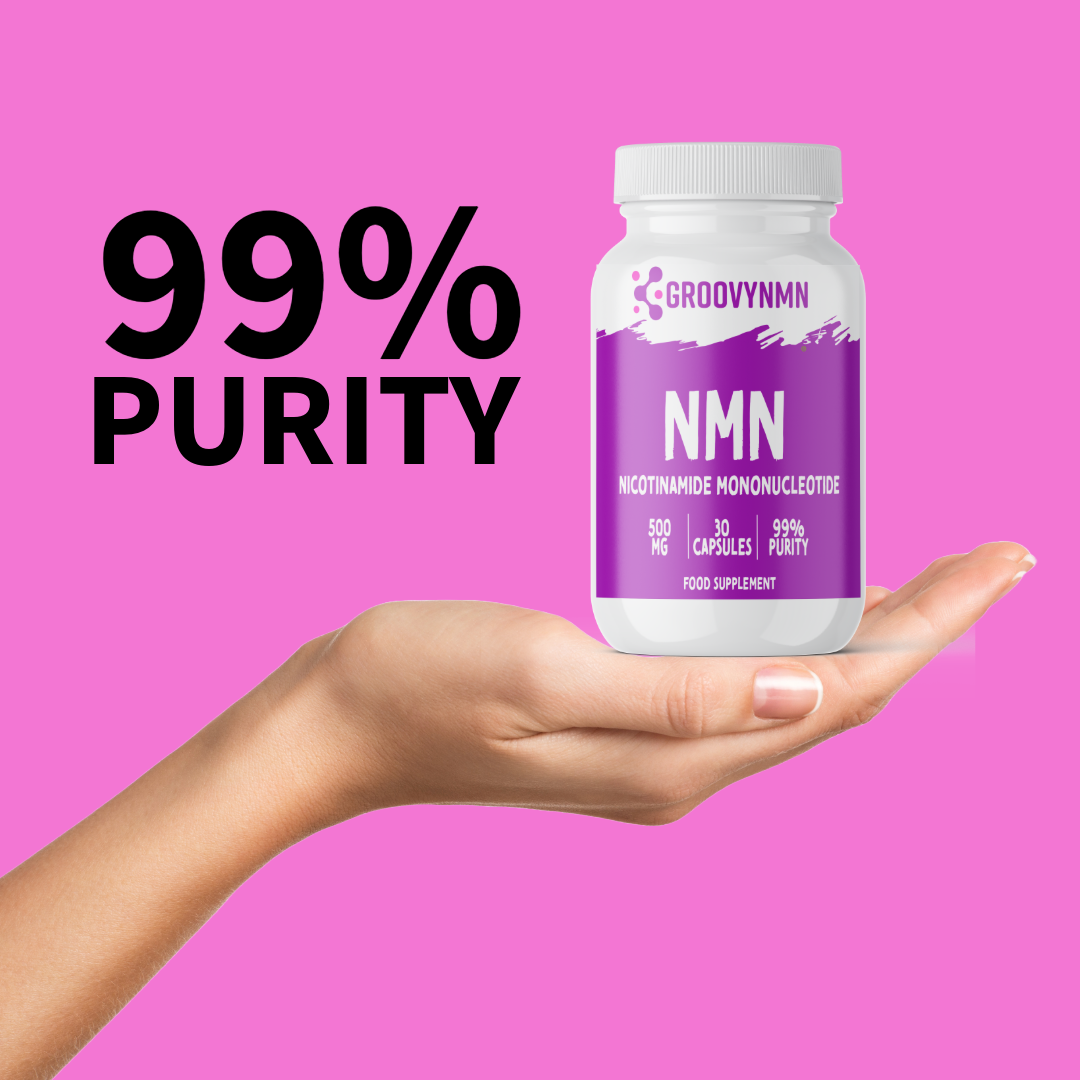This article provides a comprehensive guide to where NMN comes from, including natural and plant-based sources, as well as how it is produced for commercial use.
Natural Sources of NMN
NMN is found in a variety of foods, but usually in small concentrations. While dietary intake alone may not provide significant amounts of NMN to influence NAD+ levels, these natural sources can contribute to an overall strategy for boosting NAD+.
Common Natural Sources of NMN:
- Edamame: Young soybeans, commonly consumed in Japanese cuisine, are among the richest natural sources of NMN.
- Broccoli: A well-known superfood, broccoli contains NMN, although in modest quantities.
- Cabbage: This cruciferous vegetable is another natural source of NMN.
- Cucumbers: Although they contain lower levels, cucumbers are still a source of NMN.
- Avocados: Avocados are rich in many nutrients, including small amounts of NMN.
- Tomatoes: Known for their antioxidant properties, tomatoes also contain NMN in trace amounts.
- Shiitake Mushrooms: These mushrooms are high in vitamins and minerals and also contain NMN.
While these foods contain NMN, the amounts are generally too low to significantly boost NAD+ levels on their own. Therefore, NMN supplements are often considered necessary to experience the full benefits.
Plant-Based Sources of NMN
Plants, particularly vegetables and legumes, are among the primary sources of naturally occurring NMN. The synthesis of NMN in plants occurs as part of the biosynthesis pathway that produces NAD+, a molecule essential for energy metabolism in both plants and animals.
Major Plant Sources of NMN:
- Broccoli and Cruciferous Vegetables: Broccoli, kale, and other cruciferous vegetables are known for their health benefits, including their contribution to NAD+ production via NMN.
- Avocado: This nutrient-rich fruit also contains NMN and is favored in many health-conscious diets.
- Edamame (Soybeans): Edamame is one of the most concentrated plant-based sources of NMN, making it a standout for those looking to increase their intake through food.
- Tomatoes: The NMN content in tomatoes, while modest, contributes to their overall nutritional value.
While these plant-based sources provide NMN, the levels are still too low for therapeutic purposes, which is why many people turn to NMN supplements.
Video of what food contain NMN.
Below is a fantastic video from "The Pulse" explaining what foods contain NMN. This is definitely worth a watch:
Animal Sources of NMN
While most attention is focused on plant-based sources, NMN can also be found in animal-based foods, though typically in smaller quantities. Animal tissues that are metabolically active, such as muscles and organs, contain trace amounts of NMN as part of their natural metabolic processes.
Examples of Animal Sources:
- Meats: Beef, chicken, and pork contain NMN in small amounts, primarily in muscle tissue.
- Fish: Certain types of fish, especially fatty fish, provide NMN, along with other beneficial nutrients like omega-3 fatty acids.
Animal-based NMN, however, is not as frequently discussed as plant sources, as many individuals prefer to obtain NMN through vegetarian or supplemental means due to health or ethical reasons.
How is NMN Produced Commercially?
Beyond natural food sources, NMN can be synthesized or produced using biotechnological methods for use in supplements. The demand for NMN has led to the development of large-scale production techniques that ensure its availability for consumers.
Production Methods for NMN:
-
Chemical Synthesis: This process involves synthesizing NMN through complex chemical reactions. While cost-effective for large-scale production, it may introduce impurities that require extensive purification.
-
Fermentation: In this method, microorganisms like bacteria or yeast are used to produce NMN. The fermentation process is generally more environmentally friendly and can yield high-purity NMN, but the process is time-consuming and requires careful monitoring.
-
Enzyme-Based Production: This involves using specific enzymes to catalyze the conversion of precursors into NMN. Enzymatic methods are gaining traction for their efficiency and ability to produce high-purity NMN without harmful byproducts
What is the Plant Source of NMN?
As mentioned, several plants contain NMN, with the most prominent sources being cruciferous vegetables like broccoli and cabbage, as well as soybeans in the form of edamame. These plants naturally produce NMN as part of their metabolic processes, which in turn support their growth and energy production.
Edamame is often considered the richest plant source of NMN, making it an ideal food for those looking to naturally increase their intake. While the levels of NMN in these plants are beneficial from a dietary perspective, they are far below the amounts found in concentrated supplements.
Does NMN Come from Fermentation?
Yes, one of the more sustainable methods for producing NMN at a commercial level involves fermentation. This process uses genetically modified bacteria or yeast to convert simple sugars into NMN.
How Does Fermentation Work?
-
Microbial Fermentation: Genetically engineered bacteria, such as E. coli, are often used to produce NMN through fermentation. The bacteria are cultivated in large bioreactors where they convert sugars (like glucose) into NMN. After fermentation, the NMN is extracted and purified(NMN).
-
Advantages of Fermentation: This method is considered environmentally friendly, scalable, and capable of producing NMN at high purities. Fermentation is often favored over chemical synthesis because it produces fewer harmful byproducts.
Related Questions
1. Can You Get Enough NMN from Food? While certain foods like broccoli, edamame, and avocados contain NMN, the quantities are not high enough to make a significant impact on NAD+ levels. For example, the amount of NMN in a serving of broccoli is far below the dosage typically provided by NMN supplements, which ranges from 250 mg to 500 mg daily.
2. Is NMN Found Naturally in the Human Body? Yes, NMN is produced naturally in the human body. It is synthesized as part of the NAD+ biosynthesis pathway, where it acts as a direct precursor to NAD+. However, as we age, the body's ability to produce NMN and convert it into NAD+ diminishes, which is why supplementation is often recommended for older individuals.
3. What Foods Boost NAD+ Production? In addition to NMN-rich foods, other foods that support NAD+ production include those rich in niacin (vitamin B3), such as fish, turkey, and peanuts. These foods help provide the raw materials needed for NAD+ synthesis in the body.
Conclusion
NMN is a naturally occurring molecule found in both plants and animals, but its concentration in food is relatively low. The primary natural sources of NMN include cruciferous vegetables like broccoli, soybeans (edamame), and certain fruits like avocados. While these foods can contribute to NAD+ production, most individuals turn to NMN supplements to experience the full benefits of NAD+ restoration. The commercial production of NMN involves sophisticated processes like chemical synthesis, fermentation, and enzyme-based methods, all of which contribute to the availability and efficacy of NMN supplements.









Leave a comment
This site is protected by hCaptcha and the hCaptcha Privacy Policy and Terms of Service apply.